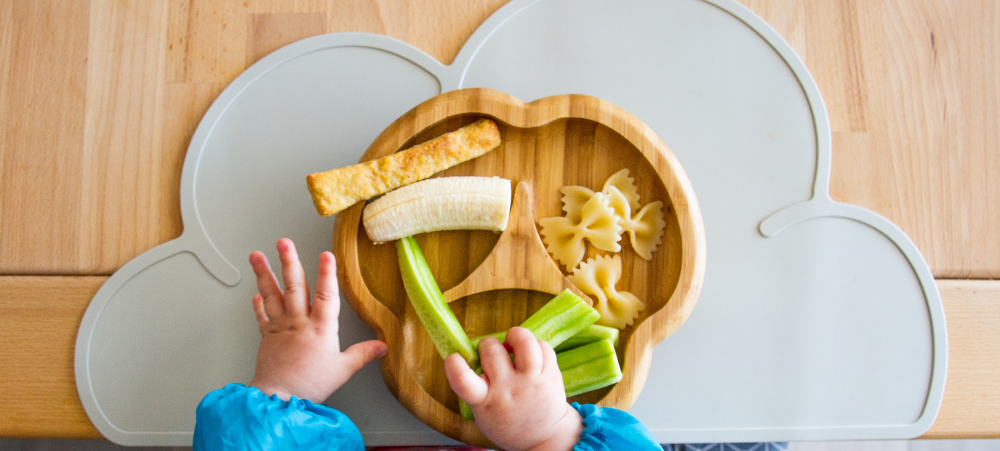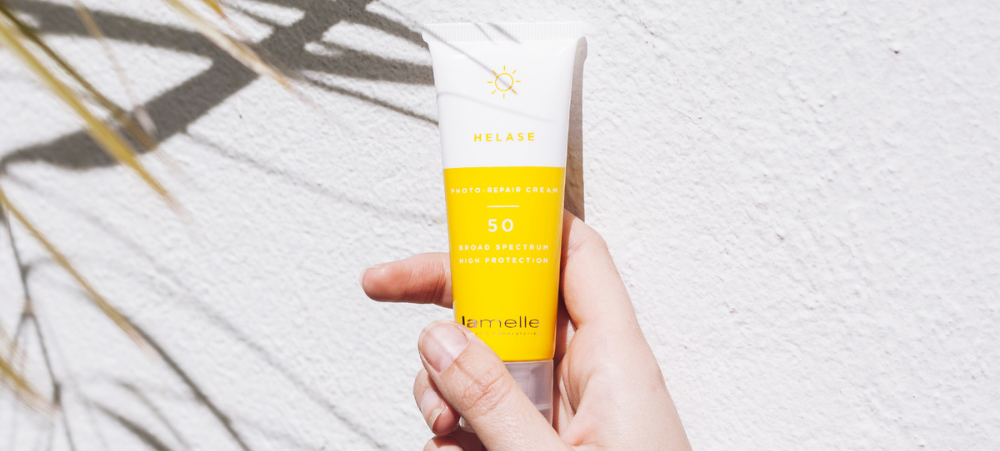
YOUR GUIDE TO A HEALTHY PREGNANCY
Looking after your health is important, but even more so when you are an expectant mom. There are several steps you can take to ensure you have a healthy pregnancy and give your little one the best possible start in life, here are a few tips brought to you by Bonitas Medical Fund. Eating right is vital Eating healthily during pregnancy will help your baby to develop properly. There’s no need to go on a special diet but, it is important to eat a variety of foods every day to get the right balance of nutrients that you and your baby need. Eating healthily often means just changing the the foods you eat so that your diet is varied. Staying active is a must Regular exercise will help you control your weight, improve circulation, boost your mood and help you sleep better. Pilates, yoga, swimming and walking are all great activities for pregnant women. Aim for 30 minutes of exercise most days of the week. Listen to your body though and don’t overdo it. Be sure to check with your doctor first, before starting any exercise programme. Approach chores with caution Chores like scrubbing the bathroom or cleaning up after pets can become risky when you are pregnant. Exposure to toxic chemicals, lifting heavy objects or coming into contact with bacteria can be harmful. So, avoid heavy lifting, climbing on ladders, changing the kitty litter, using harsh chemicals and standing for long periods of time. Take care of your feet Weight gain during pregnancy throws off your centre of gravity, which puts extra pressure on your feet. This can cause painful flattening out of the feet. You may retain fluids too, which can make your feet and ankles swell. To prevent this, wear comfy shoes with good support. Many pregnant moms find they need a larger shoe size even after they give birth, so go a size up if you need to. Benefits for you and your baby Bonitas offers a wide range of maternity benefits as well as benefits for newborns and babies. These are paid for from Risk so they are in addition to your savings and day-to-day benefits. Some are: Maternity benefits Having children is expensive. That’s why Bonitas pays for your maternity benefits in addition to your savings and day-to-day benefits so you can focus on the things that really matter. Contact The Bonitas Maternity Programme today to see all the benefits when you click here. Bonitas is also in the process of establishing a comprehensive mother and baby support programme which will offer pregnant moms a range of benefits including: 24/7 pregnancy care helpline Dedicated Bonitas care advisors Pregnancy education SMSs and emails Online pregnancy education Bonitas pregnancy events with expert speakers on prenatal and postnatal care The full programme has bee available since March 2020 and will ensure there is sufficient support for moms throughout the pregnancy journey. Education and information will be provided to allow for healthier pregnancies which in turn could support higher incidences of natural birth. But there will also be management and support for pregnancy complications including miscarriage and gestational diabetes. In addition, your stay in hospital when your baby arrives will also be covered. Please make sure you pre-authorise your hospital stay after your 24th week of pregnancy. Please note: Your maternity benefits will depend on the medical aid option you have selected. Newborn hearing screening Significant hearing loss is the most common disorder at birth which is why screening all newborns for hearing loss is internationally recommended. We cover two electrophysiological techniques, auditory brainstem responses (ABR) and optoacoustic emissions (OAE) for all babies under 8 weeks old, in or out-of-hospital allowing you to ensure your baby’s hearing is intact or intervene early if necessary. Congenital hypothyroidism screening Cover for TSH tests (to screen for congenital hypothyroidism) is available on all options for children under a month old. Help is just a call away with BabyLine BabyLine (0860 999 121) is the first dedicated children’s health advice line in South Africa. It is available 24 hours a day, 365 days a year. The service is run by paediatric-trained nurses who assist with any queries related to your little one’s health and wellness. The benefit is available to all Bonitas members and is for children under 3 years, it offers: Home care advice Clinic/primary care/GP referral for the same day Clinic/primary care/GP referral for the following day After-hours care within the next six hours Immediate referral to the E








































